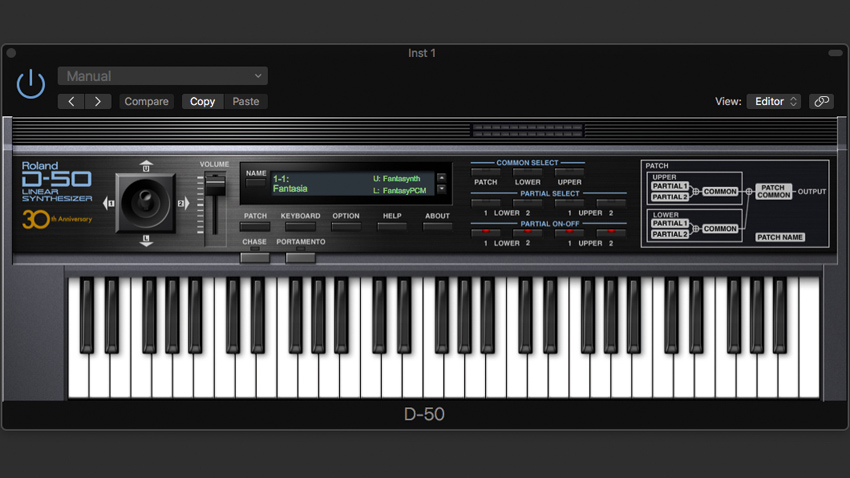"We’ve never had it so easy": 5 ways music gear has improved over the years... and 5 it hasn't
We take stock of the progress that's been made in modern music technology - and consider where there might be room for improvement
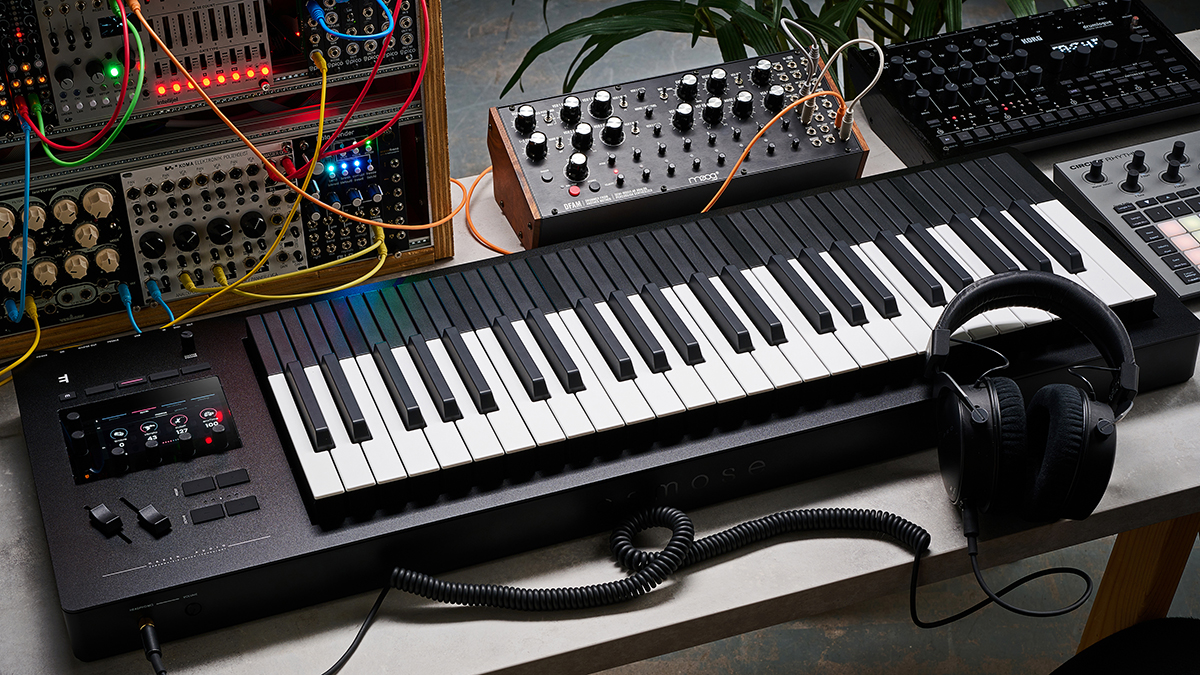
There’s a constant barrage of new gear thrust upon us, but how much of it is actually making music creation and performance better, easier, and more engaging?
Let’s take a look at some aspects of modern music technology that are undoubtedly better, some that have remained stagnant, and a couple of ways that progress in one way has cost us in another…
5 ways gear has improved...
1. Physical control
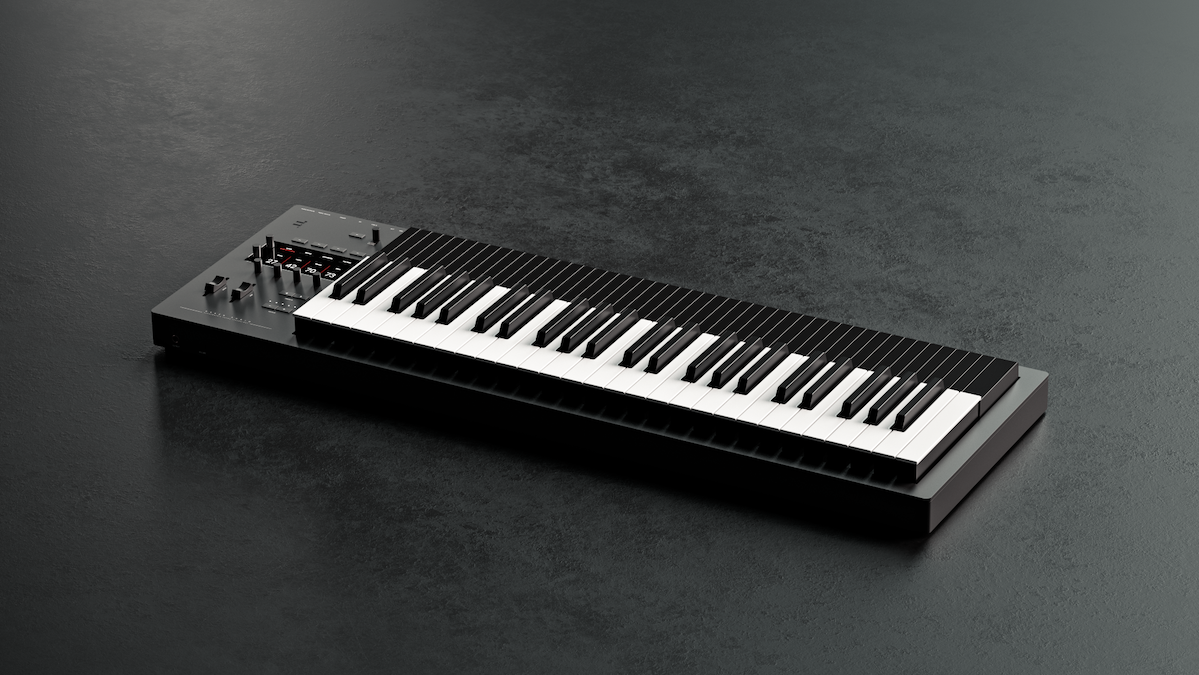
One aspect of music production that’s seen steady progress progress over the past few decades is connectivity and control. Back when electronic instruments were first created, the only way to control them externally and have them communicate was through control voltage and gate signals. Of course, control voltage is great in the right circumstances, but how those CV signals were implemented was an individual decision by manufacturers — how and if different gear from Moog, Buchla, Korg, Yamaha et al played together was not guaranteed.

The introduction of MIDI in the 80s made the interconnectivity of synths, samplers, and sequencers much simpler and for the most part more powerful, not least by completely revolutionising the concept of polyphonic signals. The '90s brought Eurorack, going a long way towards standardising control for modular synth developers, and by the late '90s and into the '00s USB connectivity massively simplified MIDI with computer-based setups.
Add to that time period the MCU protocol, originally developed by Mackie for a dedicated Logic control surface and gradually adopted throughout the industry as the ‘unofficial official’ control surface standard, and fast forward to the last few years where additions such as polyphonic expression to the creaking MIDI standard paved the way for the new and exciting MIDI 2.0: we’ve never had it so easy, and so powerful. Even the proprietary middleware like Novation’s Automap and Akai’s Advance of the new millennium had its place, with Native Instruments keeping that spirit alive with Komplete Kontrol.
2. File systems
If you’ve never had to come up with — and try to remember — your own shorthand for writing out a project name descriptive enough to recall but short enough to fit into 16 characters or fewer, count yourself lucky. Think you’ll be smart and use nesting folder structures to keep things comprehensible?
Think again, or at least cross your fingers. One of the most mundane but game-changing ways that music hardware has improved in the past decade or so is the dramatic improvement in file storage systems. Behind us are the days where any non-Roman character might make a file invisible, garbled, or worse still crash your system, or where diving a couple of subfolders deep onto a disk might render the files within inaccessible.
Want all the hottest music and gear news, reviews, deals, features and more, direct to your inbox? Sign up here.
Of course, not all gear needs desktop OS-level file management, but even for grooveboxes and samplers with nothing more than unnameable banks to save projects to, the ability to import files from a disk without having to think about trimming and editing filenames first is a massive relief.
3. Pricing
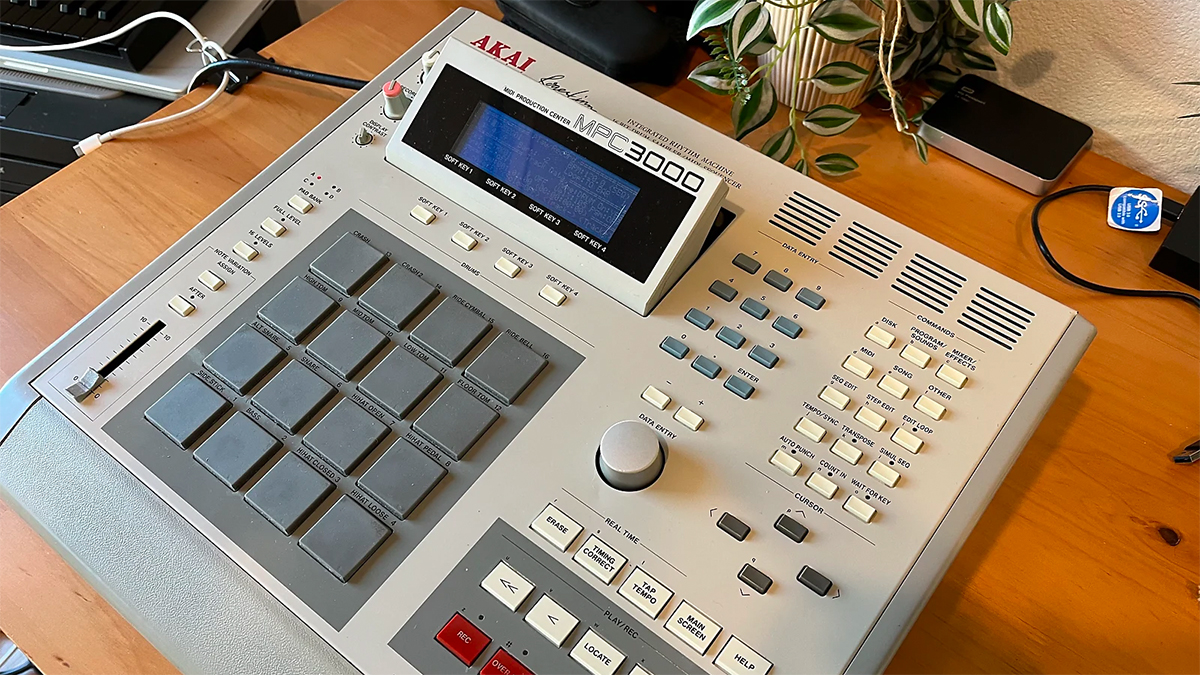
Maybe this one seems obvious, but compared to other tech-based hobbies and professions, music gear has gotten way more powerful and way less expensive than it was 30 years ago. Even without adjustment for inflation, camera gear at the advent of its digital era was pricy. In fact, much of it is comparatively more expensive now than it ever was, and the real-world benefits new innovations provide are arguably quite narrow in many cases.
Same with computers — sure, you can do a heck of a lot more on a top-end PC than you could in 1996, but a state-of-the-art rig back then didn’t cost nearly the same chunk of change. Music gear bucks that trend: 1993’s MPC3000 launched at around £4000, while the current MPC X is £1800. Logic Pro used to cost £700, but now it’s £200 (and Apple have been content to provide a decade’s worth of major updates for free for that price too).
Desktop synths in the '90s? Take a time machine back and show a bedroom nerd a brochure with the four-voice analogue Korg Minilogue with its onboard effects — or the 8-voice ASM Hydrasynth Explorer with its enormously deep sound engine — for only £500 and watch their jaw drop — especially when you explain just how bad inflation has hit… the time machine will be the least of their concerns.
4. Updates
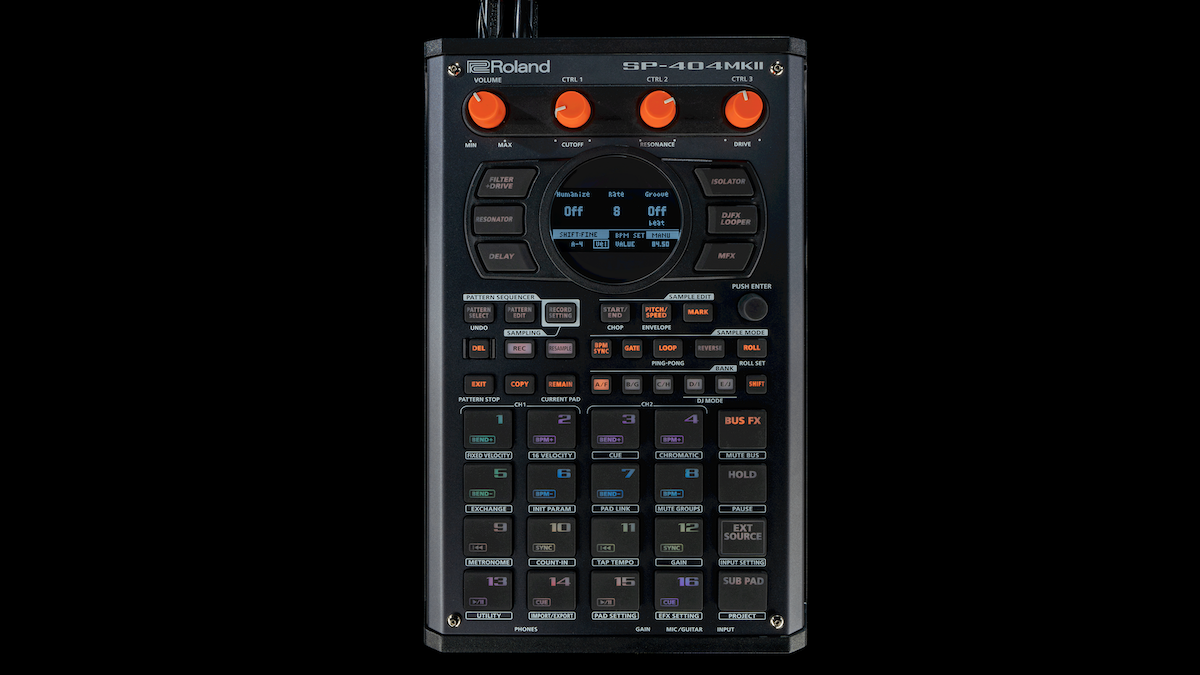
Over the last decade or so, comprehensive software updates for music gear have become increasingly commonplace. For instance, Roland’s commitment to the SP-404 MkII in the couple of years since its release have turned it into a completely refreshed device with functionality (like the looper) that doesn’t only improve things for existing users, but opens it up to entirely new audiences.
Others like Akai and Polyend have created entirely new synth engines for their products, while Elektron has radically expanded the capabilities of the Digitakt mkI with a series of significant updates since its release in 2017. There was a time when this kind of additional functionality would have been saved for a whole new product iteration, due to the complexities of loading update files into devices — or even needing ROM chips physically replaced to make those updates. Today, we’re more often than not treated to substantial updates within a product’s lifecycle — this is great for us, and for the environment too.
5. Library sizes
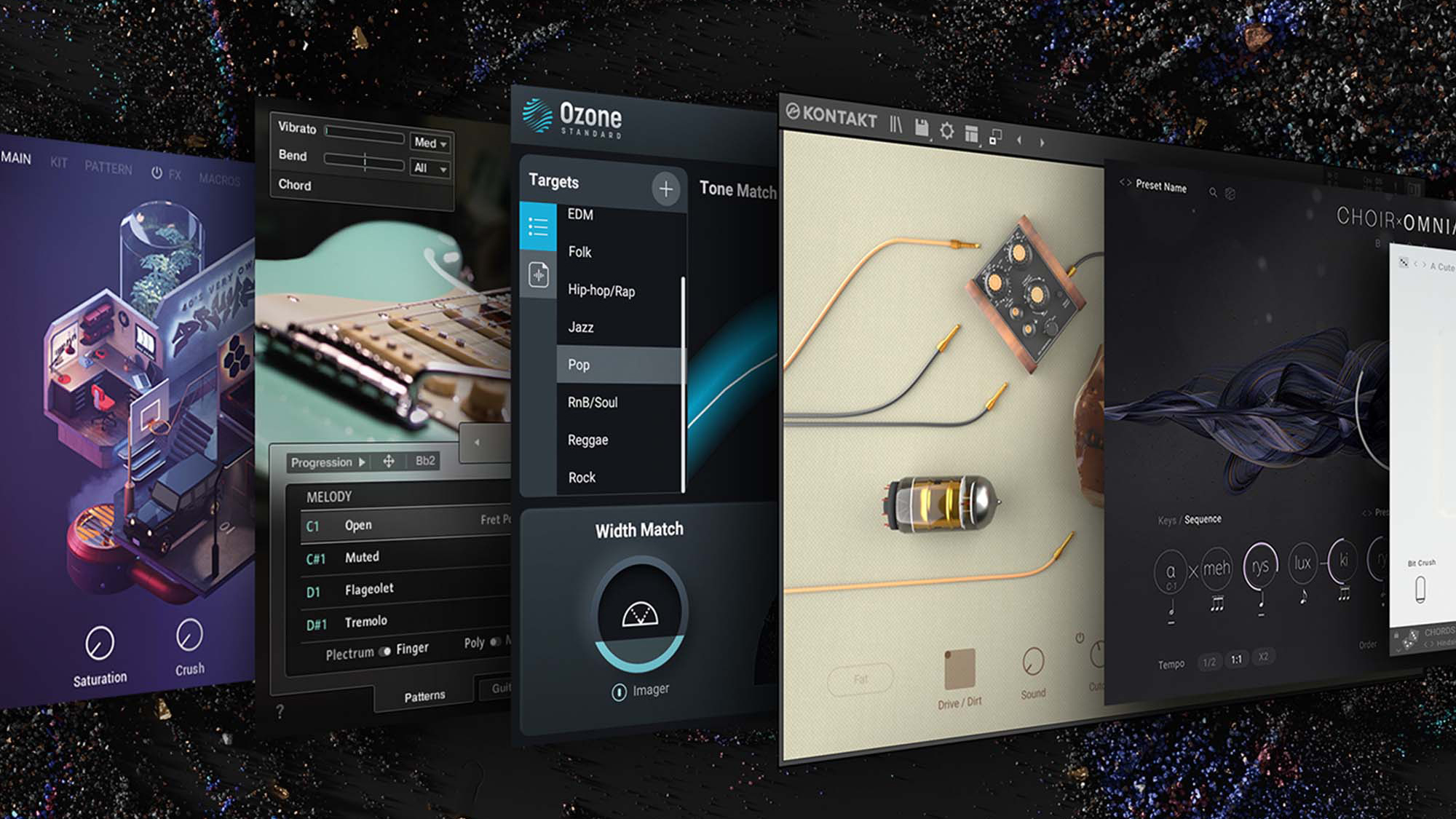
Did you know a goldfish will grow to a suitable size for its environment? There’s a natural tendency for things to make the most of the space they have available, and software is no exception. Back in 2002 when a 40GB hard drive and 512MB RAM were PC specs not to be sniffed at, and a 700MB CD was the most viable way to distribute large amounts of data, the original Native Instruments Kontakt’s stock sound library seemed vast at 3GB.
In today’s world where storage is measured in terabytes, RAM in gigabytes, and you can probably download 700MB quicker than you can read this sentence, just the core Kontakt sound library weighs in at 43GB. That’s bigger than my entire hard drive was in 2002 — and the Komplete bundle is a whopping 230GB, with some single instruments dwarfing the 3GB size of the entire 2002 Kontakt library.
We’re in a world where meticulously multi-sampled instruments can convincingly replace live orchestras, with the nuance of every feathered bow and damped string controllable with breathtaking realism with comparably less demand on a computer's resources than there was at the turn of century.
5 ways it hasn't
1. Voice counts
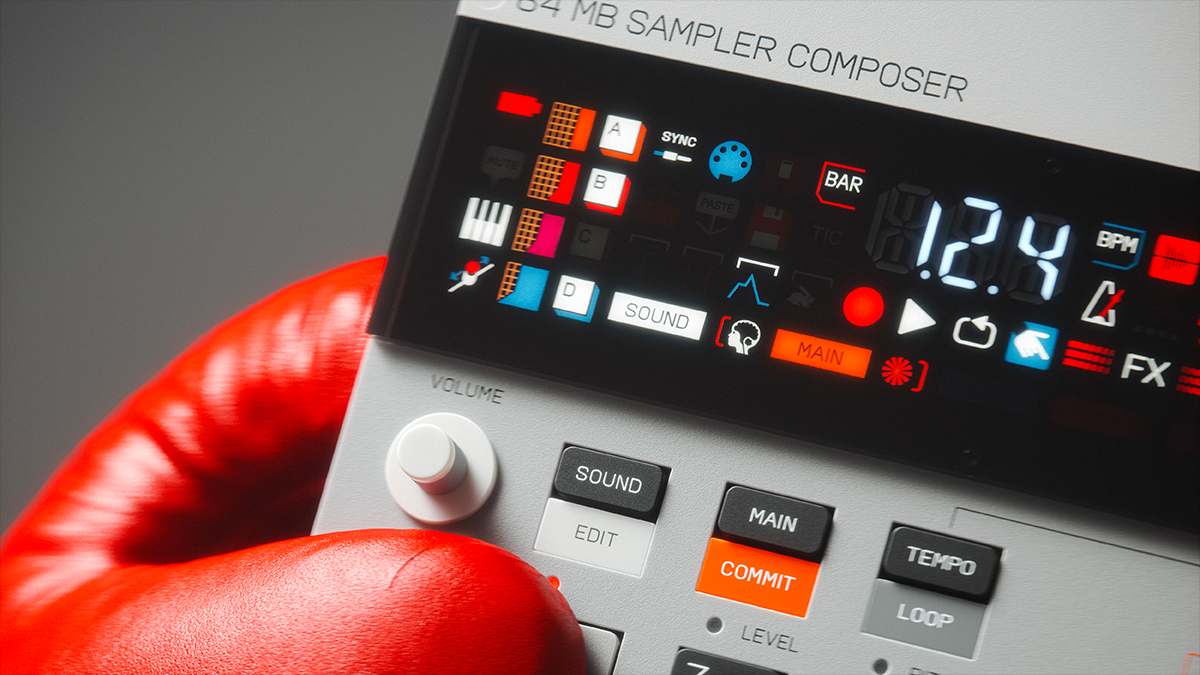
It’s funny — from the outside looking in, it’s easy to guess that the march of progress would have outstepped restrictive voice counts in digital synths and samplers by miles at this point. Indeed, in computer and mobile-based music production it's rarely an issue, but hardware is still often hamstrung by voice limits.
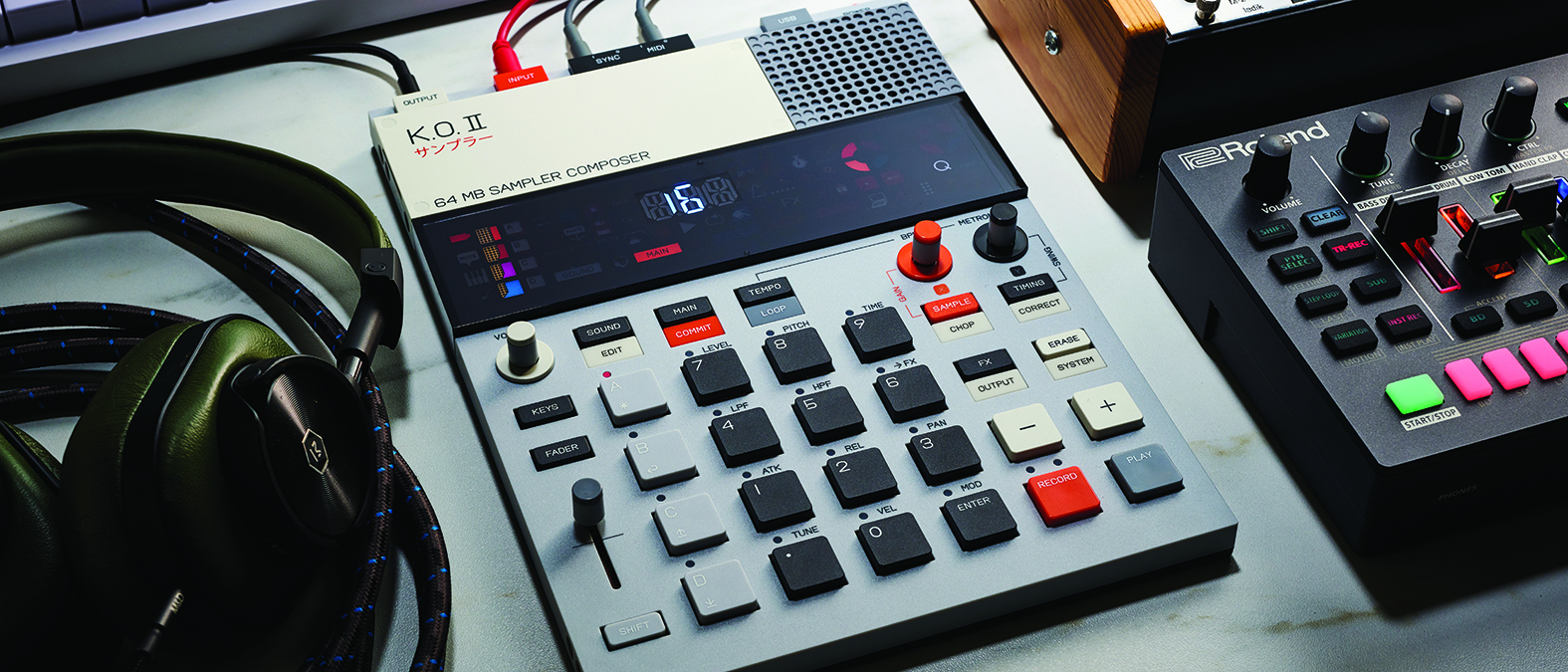
The recently-released Teenage Engineering EP-133 KO II is a fairly high-profile example of a workflow shackled by voice limits, with one of the key criticisms being its meagre six stereo (or 12 mono) simultaneous voices. Now kick, snare, hats, bass, a chopped-up stereo sample and a four-voice chord pattern — with room to spare for a couple more one shots — actually doesn’t sound that restrictive when you think about it, but flying close to the sun can cause headaches (make sure to mono that sample you’re playing chords with, and be prepared to compromise on the release envelope…).
When portable grooveboxes like the Akai MPC500 of the mid-00s were hitting 32 voices and it’s rare to even need to think about voice counts on mobile apps, a completely unrestrictive number of simultaneous voices seems to be one of those examples of what we might intuit as ‘inevitable progress’ failing to line up with reality.
2. Sound modules
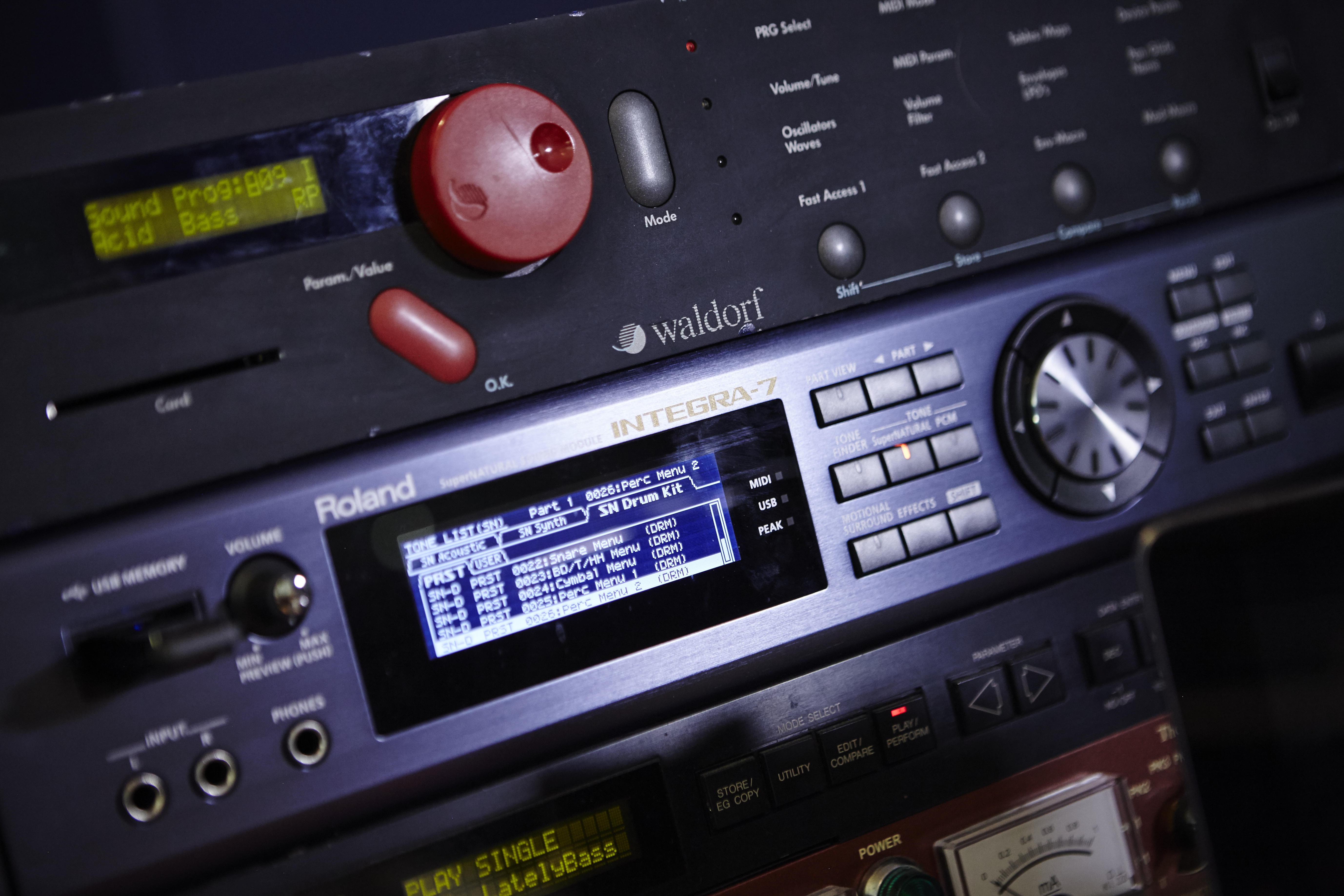
There’s an entire category in music production that has pretty much fallen off the face of the earth in recent years: the sound module. Everyone from E-mu to Yamaha, Roland to Korg had rack mount ‘ROMpler’ sound modules in their product lineup in the 1990s into the 2000s.
But, as prices for hardware synths began to fall while their versatility rose and computers began to grow more powerful, the allure of spending three or four-figure sums on a 19” unit of largely fixed sounds diminished. These days, pretty much the only sound module on the market is the £1400 Roland Integra-7.
I put it to you that it would be great to have — in a similar way to Universal Audio’s DSP-enabled audio interfaces — audio interfaces with sound modules built in, with plugins that control them; rather than spending hundreds (or thousands) on plugins that require increasingly powerful computers to run them and dealing with loading times and other such daily headaches, we could be happily using ROM-based sounds and even synths and effects directly while running very modest computers.
The Roland Fantom series of workstation keyboards goes all-in on the concept of an all-in-one production centre, and other workstations from Yamaha, Korg et all have fantastic hybrid ROM and synth sound engines. Away from the stage, however, they’re simply not as convenient as a DAW, and there’s a duplication of functionality that makes them impractical to combine with a DAW-based setup. The demise of the sound module is a shame, because with a little modernisation, they could be an essential element of a studio.
3. Visual integration
It’s funny: as electronic music gear has gotten exponentially more powerful and simpler to use, making gear-laden live stage shows that were previously the domain of stadium-level musicians within the reach of open mics, the visual element of performance hasn’t really been a focus.
Of course, gear now lights up like a Christmas tree and makes it more visually appealing to an audience, but integrating lighting and video control into said gear has become an afterthought. Mention DMX to a music producer and they’re more likely to get misty-eyed about Oberheim’s classic drum machine than start dreaming up new ways for the musical elements of their live set to interact with stage lighting.
Gear now lights up like a Christmas tree and makes it more visually appealing to an audience, but integrating lighting and video control into said gear has become an afterthought
There’s a world where the parameter pages for every pad and synth knob offers control changes for lighting and video playback manipulation. Considering that we live in an age where live performance is an increasingly central income stream for musicians, and headline acts are more likely to have teams running light shows and expensive visuals, it's disappointing that gear manufacturers haven't dreamed up more accessible routes for the average joe at an open mic to create mind-blowing visuals without resorting to a laptop-based set-up.
4. Bugs
Remember how we talked about how great it is that updates are more frequent and meaningful than they used to be, extending the life of our gear and giving us extra value for money?
As with anything that sounds too good to be true, there’s always a downside. Before easily flash-able digital components, the peripheral and storage environment, and the internet made user updatable gear and tiny sub-point software releases the norm, the onus was on manufacturers to get things right straight out of the box.
Perhaps things might have been less ambitious, but the success of the product would depend on the basics being nailed. Nowadays critical bugs in core functionality are depressingly commonplace in all sorts of software and hardware, and one has to wonder whether the ability to push out updates down the line has led to a slightly over-relaxed attitude from manufacturers and developers that have shipping schedules to hit.
5. Loading times
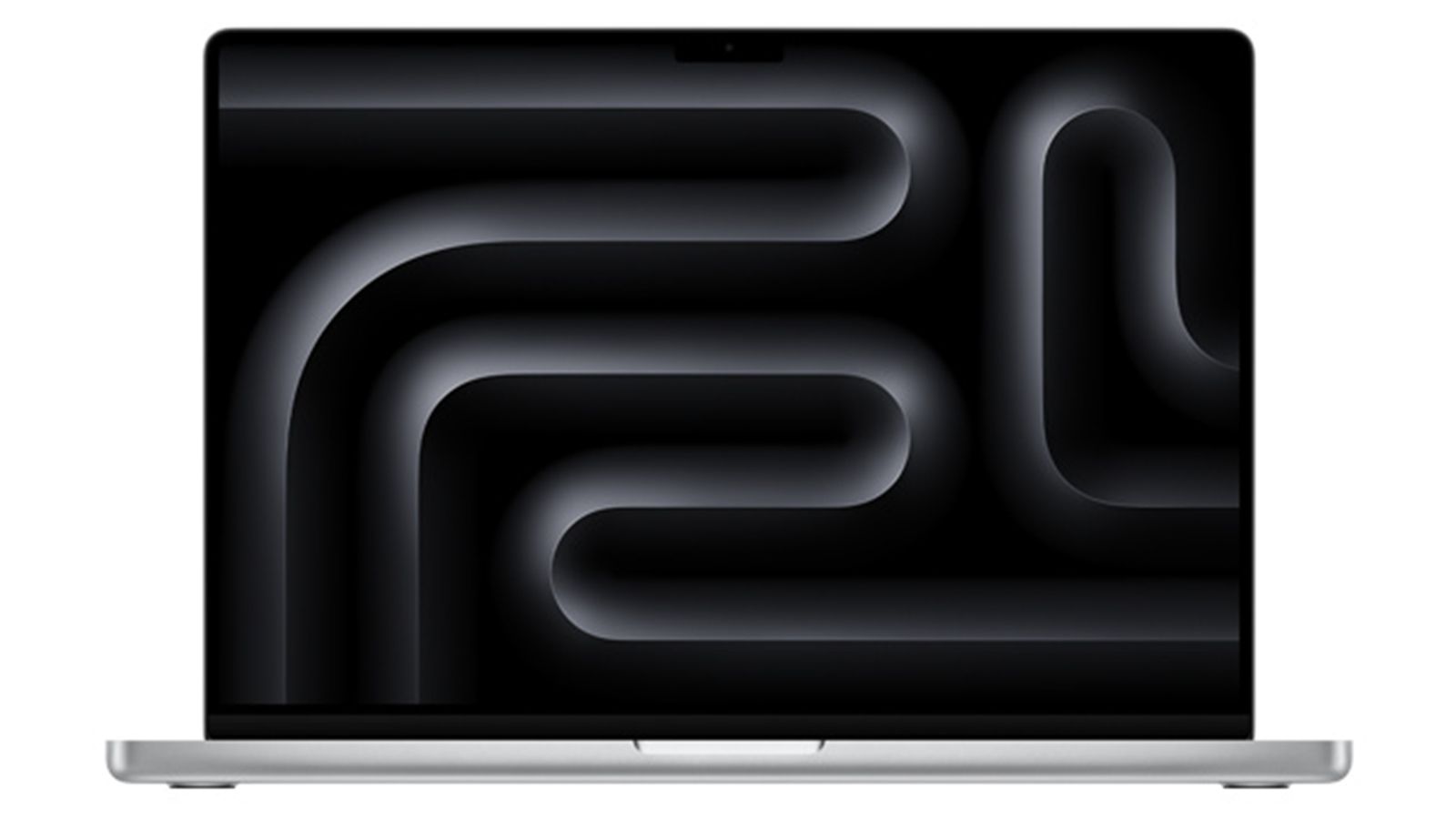
The availability of bigger, faster systems has given us amazing fidelity… but where the definition of ‘large’ has shifted over the years in line with technology, the idea of what constitutes acceptable performance has remained largely the same. In 2002 a 200MB sample patch may have taken a few seconds to be ready to play, but in 2024 a 2GB patch might sound better while still taking a valuable few seconds before it’s ready. Of course, the extent to which this is an issue will depend on your use case — and that patch from 2002 will load more or less instantly nowadays.
Workstations like the Roland Fantom and Yamaha Montage have stuck with their ROM chip architecture for instant loading of patches of increasing size - but still comparatively smaller - and the interest in Akai’s MPC Key 61 from the workstation community highlights the diverse needs of its users with its large sample-based patches getting kudos for sound but, for many, taking a little too long to load. Maybe one day switching between patches like these will be instantaneous, but we’re not there yet.


Chris has been making music since 1997 when the box for Mixman Studio Pro called out to him at HMV — the perfect time to watch VSTs get introduced to the world and the computer music revolution gain speed. His experience of producing and performing in the worlds of hip-hop, turntablism, and electronic music saw him featured in legendary publications Hip Hop Connection and RWD, tutoring and managing organisations dedicated to introducing music-making in the community, creating, writing and editing for leading DJ and music production websites during the digital boom, and he now runs howtomakemusic.co from his studio.
